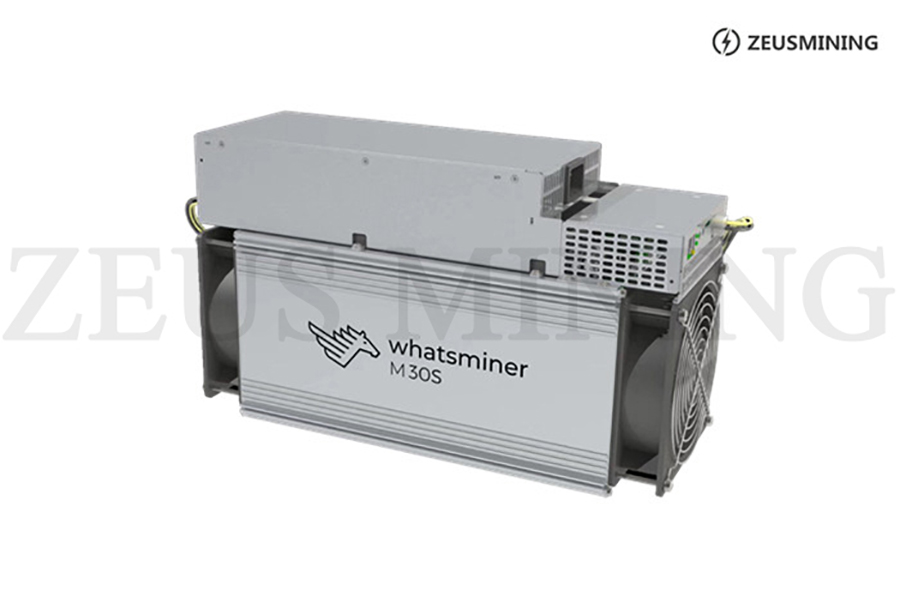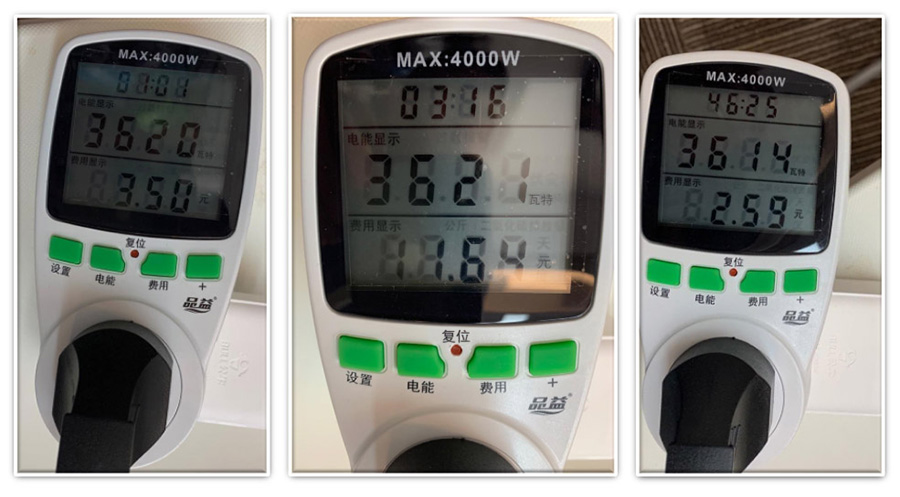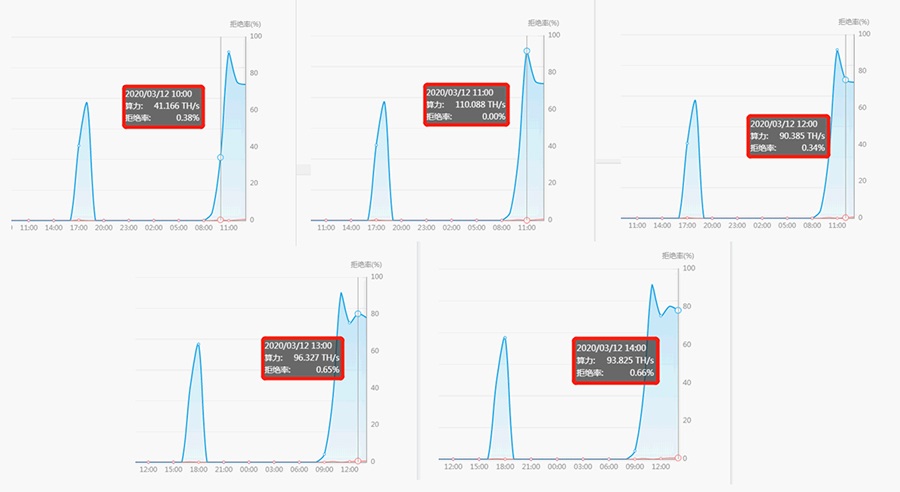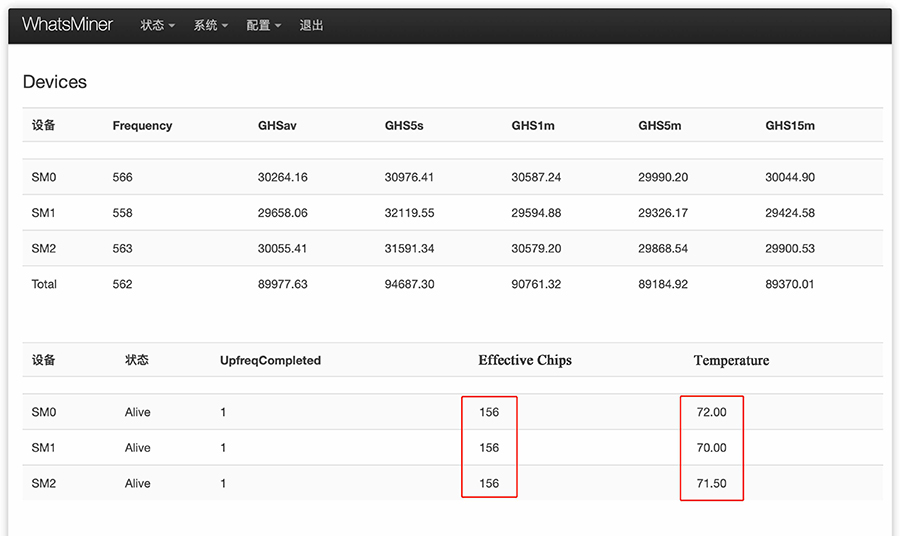ASIC Miner ICERIVER KAS KS0 Profitability In the realm of cryptocurrency mining, the Iceriver KAS KS0 miner has garnered widespread attention. Tailored specifically for the Kaspa network's KHeavyHash algorithm, it boasts high hashing power and low power consumption, making it an ideal choice for many miners. In this article, we will comprehensively assess IceRiver KS0 profitability while considering the Kaspa market conditions and the attributes of KS0 miner. Kaspa Market Dynamics Kaspa is a vibrant cryptocurrency network aimed at delivering high performance and scalability for everyday transactions. At the time of writing this article, the Kaspa coin trades at approximately $0.04959. But it's essential to note that cryptocurrency markets are highly susceptible to price volatility. Hence, investors must remain vigilant about market dynamics. Additionally, the Kaspa network's mining difficulty and reward mechanisms play a role in mining returns. Attributes of the IceRiver KS...
Whatsminer M30S-86T Miner Evaluation
Since December 7, 2019, the well-known encrypted digital currency miner, BitMicro, announced the successful launch of the new generation of Whatsminer M30 series, which has quickly caused heated discussions in the industry. However, from the perspective of overall performance, whether hash rate or unit power consumption, all set new industry records at that time and sold in April 2020.
Product basic specifications
Test content | Test parameters |
Miner model | |
Support coins | BTC/BCH/BSV |
Number of chips | 468 |
Chip model | Samsung 8nm |
Miner power consumption ratio | 36.2W/T |
Miner hash rate | 86T-96T |
Frequency | 562W |
Hash board temperature | 71° |
Air outlet temperature | 61.6° |
Miner appearance
In terms of appearance, the overall appearance of the M30S is the same as that of the M20 series, and it still follows the simple route. The dimensions are 390*150*225mm, and the weight is 10.5kg. Based on ensuring stable placement, the rectangular body on all sides minimizes the space occupied on the left and right to a minimum is convenient for multi-miner collaborative mining. The difference is that the power supply is replaced with a flat style, which reduces the height of the M20S series by 15mm, and the weight is also lighter by 0.9kg.
To ensure the heat dissipation capacity, the body of the Whatsminer M30S is made of all-metal materials except for the fan module. The body's surface is also preset with large-area heat sinks and ventilation holes. In addition, fan protection nets are installed on the surfaces of the two fans: one front (air inlet) and one rear (air outlet), which can protect the fan blades and the hash board and prevent users from accidentally touching them.
In terms of interface, the main interface of Whatsminer M30S is only one Ethernet interface, one TF card firmware interface, and one power interface. In terms of buttons, there are only 1 restart button, 1 IP address button, and 1 running status light module (red/green), and the minimalist and professional design ideas are implemented to the extreme.
In terms of hardware, Whatsminer M30S-86T is equipped with a P21-GB-12-3300 power supply as standard and uses a 16A power cable for power supply, and the position of the socket is also adjusted to the middle; the fan power (7.2A) is higher than that of the M20 series (9A) Lower, it also means lower power, less noise.
Run data test
Start the miner, run it for nearly 50 minutes, and take screenshots of the power consumption in 3 different periods. As shown in the figure, its power is stable at about 36.20W/T.
The test of Whatsminer M30S-86T was carried out in ROCK MINER Lab, the temperature and network speed was ideal, and the test time was 5 hours.
Since miners need to run for a while before entering the stable hash rate range, the truncated average method is used. It can be seen from the test chart that the average hash rate is constant between 90TH/S-100TH/S.
Whatsminer M30S has 3 built-in hash boards, and each hash board has 156 SAMSUNG-8nm ASIC chips, a total of 468 chips for the whole miner, and the hash board temperature is about 71°. The aluminum alloy heat sinks on both sides of the hash board are attached to the chip with thermosetting adhesive and fixed with 26 spring screws.
After the hash rate reaches a steady-state, temperature test the body:
The air inlet is 34.6°, the left panel is 46.4°, the air outlet is 61.6°, and the right panel is 43.8°.
Whatsminer M30S-88T evaluation summary
The above are all the evaluations of Whatsminer M30S-86T. For this reason, we will make some more pertinent evaluations:
1. Compared with the old M20 series, M30S has a lighter weight, lower power consumption ratio, and more robust hash rate;
* A more robust hash rate indicates a higher probability of block explosion and a lower power consumption ratio, which means that the power consumption will be lower, which is equivalent to reducing the cost of miners in disguise and increasing the mining revenue.
2. The new M30S-86T has an automatic frequency sweep function; that is, the miners will automatically adjust the frequency of the chip operation according to external conditions;
* This means that M30S-86T will have an overclocked hash rate of 11.6% compared to other miners in an environment with better temperature, power, ventilation, and network; (96-86)/86=11.6%.







Comments
Post a Comment
Tell us your opinion